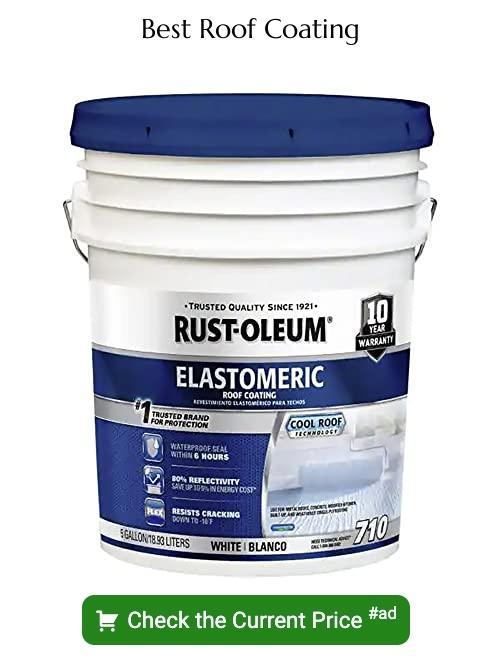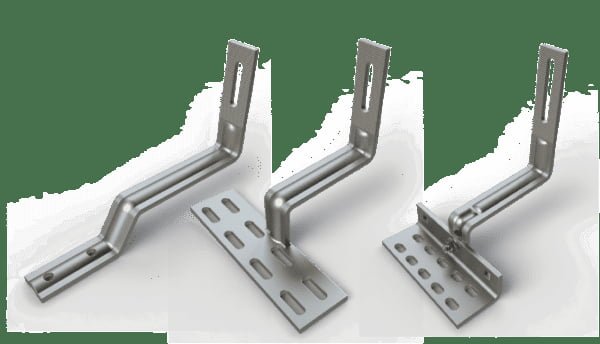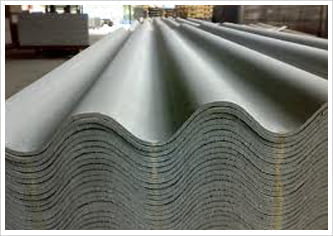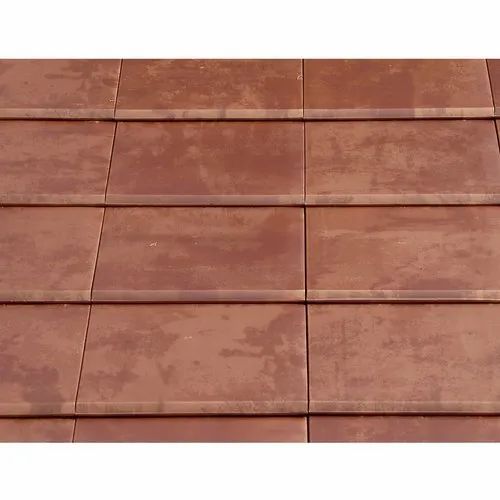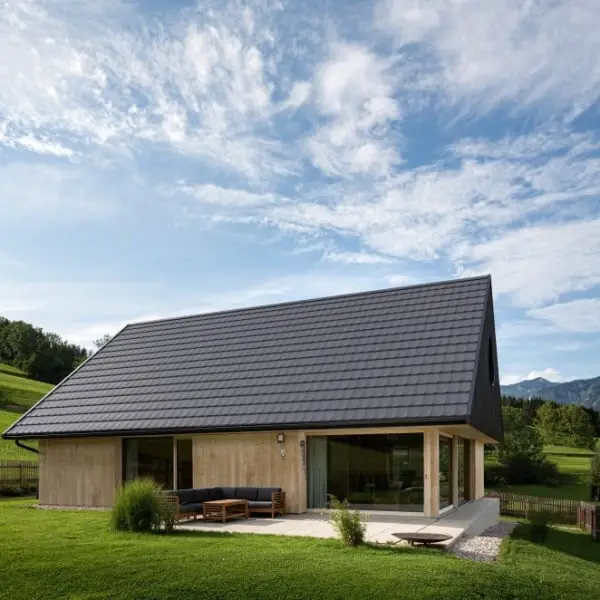Last updated on
Dive into the efficiency of Henry roof coating because its unique features and benefits can drastically prolong the lifespan of your rooftop.
Key takeaways:
- Henry roof coatings are formulated with various materials for different roofing types.
- Types of Henry roof coatings include acrylic, asphalt emulsion, aluminum, rubber, and silicone.
- Henry roof coatings enhance durability, offer energy efficiency, adapt to different climates, and are easy to apply.
- Henry roof coatings provide weather protection against heat absorption, UV rays, moisture penetration, and organic growth.
- Henry roof coatings can last up to 10 years, with warranties available for added protection.
Henry Roof Coating Composition
Henry roof coatings are formulated with a variety of materials tailored to different requirements and roofing types. A common base material is water-based acrylic elastomers, which provide a flexible, yet durable, waterproof membrane when cured. Some products include silicone for enhanced waterproofing and longevity. Asphalt emulsions are another base used for their adhesive properties and ease of application on various substrates.
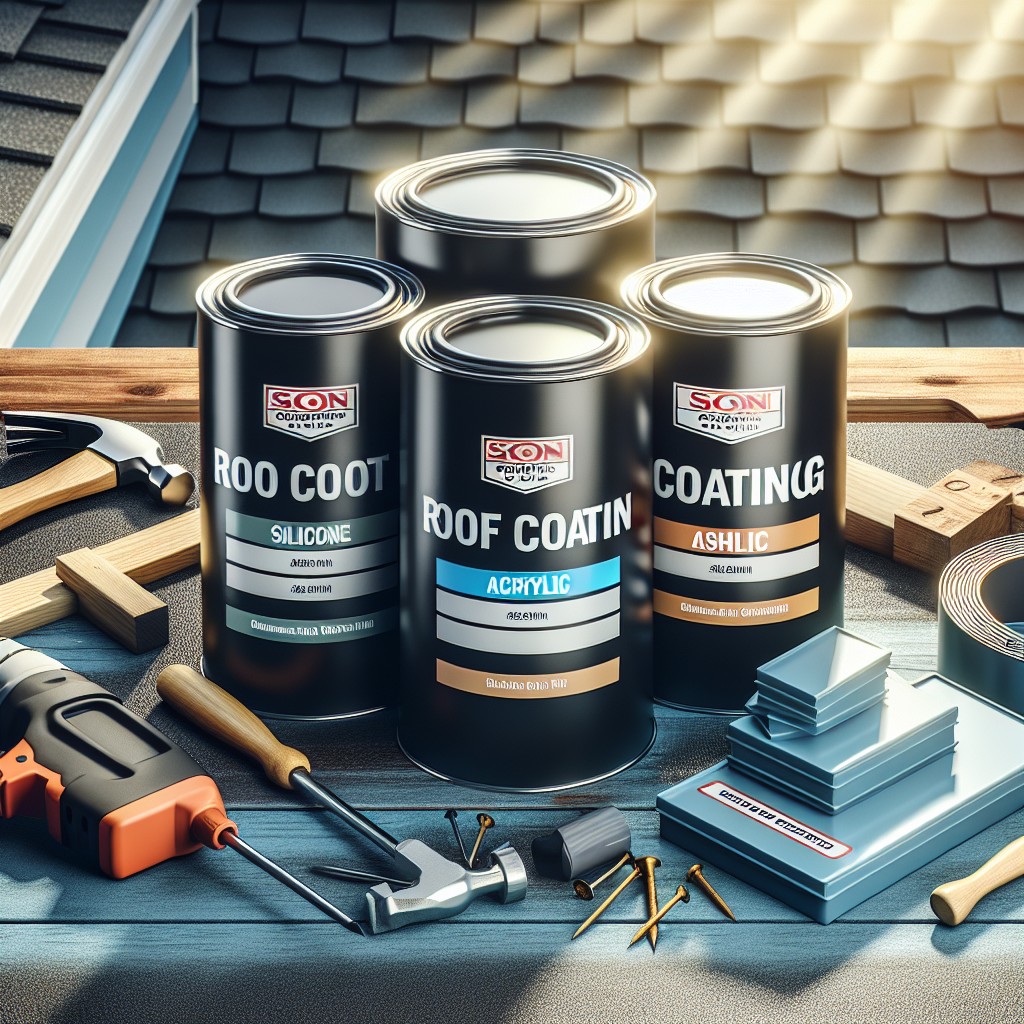
Reflective coatings often contain aluminum pigments or microfibers that increase the product’s ability to reflect UV rays, contributing to energy efficiency. Additives such as fungicides help to prevent mold and mildew growth, an important consideration in areas with high humidity.
Many formulas are reinforced with fibers for added strength, which help bridge small cracks and gaps, leading to a reduction in leaks. To cater to eco-conscious preferences, solvent-free and low-VOC options are also available to reduce environmental impact without compromising performance.
Types of Henry Roof Coatings
Henry Company provides a diverse range of roof coating options to meet various roofing needs:
–Acrylic Coatings: These offer excellent weather resistance and flexibility. Best for metal, single-ply, sprayed polyurethane foam, and asphalt roofs.
–Asphalt Emulsions: A water-based protective layer, ideal for damp-proofing and maintaining asphalt roofs.
–Aluminum Coatings: Reflective and protective, aluminum coatings are suitable for UV protection and lowering cooling costs.
–Rubber Coatings: Ensuring superior elasticity, these are great for areas with extreme weather fluctuations.
–Silicone Coatings: Known for their long-lasting waterproofing ability and resistance to ponding water.
Each type is formulated to provide specific protection and durability characteristics, ensuring that there’s a Henry roof coating suitable for virtually any roofing situation.
Key Benefits of Using Henry Roof Coating
Henry roof coatings enhance the durability of your roof, creating a barrier that repels water and resists damage from UV rays, leading to a longer lifespan for roofing materials.
The reflective properties of certain Henry products can significantly reduce cooling costs by deflecting sunlight and decreasing heat absorption.
Environmental adaptability is another advantage, as these coatings provide effective performance in a wide range of climates, from the scorching heat to frigid temperatures.
Ease of application means both professionals and DIY enthusiasts can apply the product without special tools or complex procedures, while the versatility of the coatings allows them to be used on a variety of substrates, including metal, asphalt, and rubber roofs.
Weather Protection Offered By Henry Roof Coating
Henry Roof Coatings deliver robust defense against the elements. Through reflective properties, they minimize heat absorption, thereby reducing interior temperatures in hot weather.
This reflective capability is often associated with products featuring elastomeric or silicone formulations, which also provide UV resistance, ensuring the roof’s material doesn’t degrade quickly under constant solar exposure.
In climates prone to rain and snow, these coatings create a waterproof barrier that prevents moisture penetration, a critical feature, given that water damage is a significant concern for roof longevity.
The elasticity of these coatings allows them to stretch and contract with temperature fluctuations, preventing cracks where water could seep in.
Additionally, they are designed to resist mildew and algae growth, which not only prolongs the roof’s life but also maintains its aesthetic appearance.
By repelling these organic growths, the roof remains in better condition for longer periods, avoiding the need for frequent cleanings or repairs related to these issues.
Longevity and Warranty of Henry Roof Products
Investing in a reliable roof coating can significantly extend the lifespan of a roof, and Henry products are renowned for their durability.
Typically, these coatings can last up to 10 years, depending on the type of coating and the conditions it’s exposed to.
Users should refer to specific product data sheets, as longevity can vary from one formula to another.
Henry’s confidence in their product line is underscored by warranties that often cover the period of expected performance, reassuring customers of their investment’s security.
These warranties may protect against material defects and, in some cases, include labor if the application is completed by a certified professional.
For peak performance, it’s crucial to adhere to the recommended application and maintenance guidelines, which can also influence the effectiveness and duration of the warranty.
Regular inspections and prompt repairs can help maintain the coating’s integrity, allowing homeowners to maximize the warranty benefits available with each Henry product.
Application Instructions for Henry Roof Coating
Before application, ensure the roof is clean, dry, and free of debris, oil, or grease. Repair any cracks or blisters in the roofing to achieve a smooth surface. Adhesion tests are recommended for previously coated roofs to ensure compatibility.
Temperature plays a critical role; apply when the weather forecast is clear and when temperatures are between 50°F (10°C) and 100°F (38°C). Stir the coating thoroughly to achieve a uniform consistency.
Use a roofing brush, roller, or airless spray equipment for application. Coverage rates vary depending on the type and condition of the substrate; refer to the product label for specific guidance. For best results, apply in two coats, allowing the first coat to dry completely before applying the second. Take caution around seams and flashing; these areas may require additional attention to ensure a watertight seal.
Always maintaining a wet edge to avoid lap marks and ensure smooth, seamless coverage is essential. If applying to a sloped surface, start from the bottom and work upwards to avoid stepping on wet coating.
To enhance performance, particularly on flat roofs, a reinforcing fabric can be embedded into the wet coating at corners, protrusions, and repair areas. This adds an extra layer of protection and strength.
Clean tools with mineral spirits promptly after use, and check the weather forecast to ensure there’s no rain expected for at least 24 hours post-application to prevent wash-offs.
Required Tools for Applying Henry Roof Coating
Before starting your project, gathering the right tools ensures a smooth application process. A heavy-duty paint mixer attached to a power drill efficiently mixes the coating to a uniform consistency. Use a roofing brush or a long-handled paint roller, depending on the surface texture, for even distribution. A trowel is crucial for patching and sealing cracks with roof cement before coating. Protective gear is essential for safety, including gloves, non-slip shoes, and eye protection. Remember, keep these tools clean and in good condition to maintain their effectiveness for future roofing projects.
Sizes Available for Henry Roof Coating Product Line
Henry roof coatings are available in a variety of sizes to suit projects of any scale, ensuring that consumers can purchase the precise amount needed.
Small-scale repairs and touch-up jobs can be accomplished using quart or one-gallon containers.
For more extensive roofing projects, five-gallon pails are the standard, offering a practical solution for covering larger areas.
Professional contractors might opt for bulk sizes, such as 55-gallon drums, which are more cost-effective for significant commercial applications.
It’s important to calculate the coverage area before purchasing to determine the most efficient quantity, thereby avoiding excess costs or material shortage.
Maintenance and Repairs Using Henry Roof Coating
Regular maintenance is crucial to extend the life of your roof. Inspect your roof semi-annually, as well as after major weather events. Look for cracks, blisters, and other signs of wear.
For minor repairs, clean the area thoroughly with a broom or blower, then apply a patch of Henry Roof Coating with a brush or trowel. Ensure the patch extends beyond the problem area to create an effective seal. On larger areas, use reinforcement fabric between layers of coating for added durability.
Over time, UV rays and weather conditions may degrade the coating. Reapplying a top coat every few years can rejuvenate your roof’s protective layer. Always follow the manufacturer’s specific instructions for recoating to ensure proper adhesion and efficacy.
Monitor the integrity of the roof’s perimeter and flashing, as these areas are often the first to show wear. Apply Henry Roof Coating to these sections as needed to prevent leaks and structural damage. For best results, keep the roof surface clean from dirt and debris, which can affect the coating’s performance.
Safety Precautions While Applying Henry Roof Coating
Ensuring proper ventilation is crucial when working with chemical products. Always work in a well-ventilated area to avoid inhaling fumes. Before beginning application, put on protective gear, which should include gloves, safety goggles, and a respirator if necessary, to protect your skin and eyes from splashes.
Take caution on the roof, as coatings can make surfaces slippery. Use fall protection gear and never work alone – having someone there, even to just keep an eye, increases safety significantly. Pay attention to weather conditions; avoid application during wet, windy, or extremely hot conditions, which can not only be dangerous but may also affect the product’s performance.
When using ladders, make sure they’re stable and secure. Keep your workspace clean and organized to prevent tripping over tools or spilling materials. Follow the manufacturer’s instructions for application carefully and respect drying times to ensure the coating adheres properly without incident.
FAQ
How long does Henry roof coating last?
Henry 887 TropiCool 100% Silicone roof coating is designed to last a lifetime.
What is Henry’s roof coating?
Henry’s roof coating is a premium, high solids, white elastomeric roof coating formulated with resins, fillers, and titanium dioxide pigments, designed to offer excellent weather protection, high solar reflectivity, and superior longevity.
Which roof coating is best?
The best roof coating is silicone due to its superior UV protection, resistance to ponding water, and slower erosion rate.
What are the potential benefits of using Henry roof coating?
Henry roof coating offers benefits such as increased energy efficiency, a prolonged roof lifespan, and reinforced weather resistance.
Is there a specific weather condition ideal for applying Henry roof coating?
The ideal weather condition for applying Henry roof coating is dry and clear with temperatures above 50 degrees Fahrenheit.
How does Henry roof coating compare with other brands in terms of water resistance?
Henry roof coating offers superior water resistance compared to many other brands due to its excellent adhesive properties and durability.
